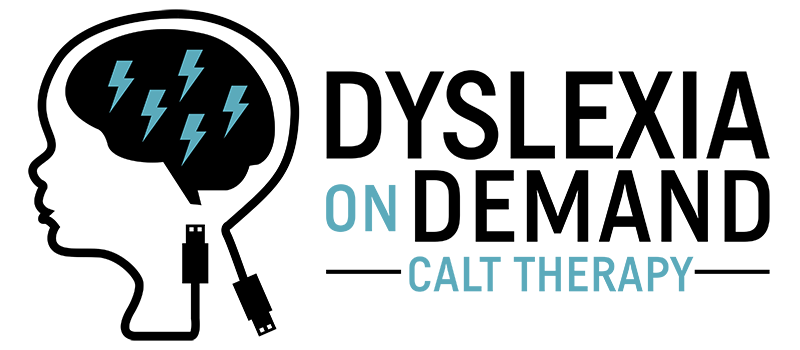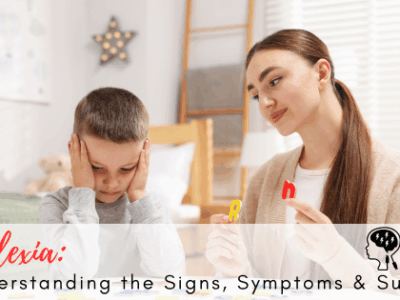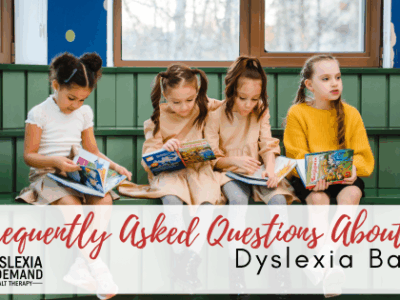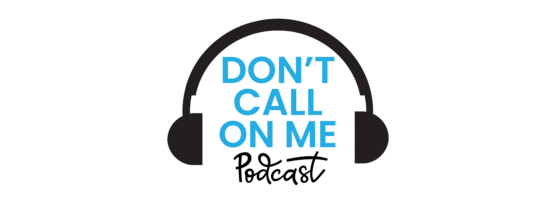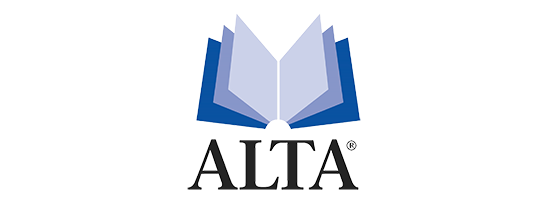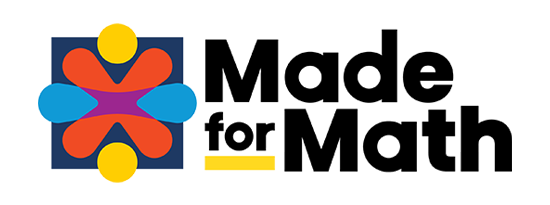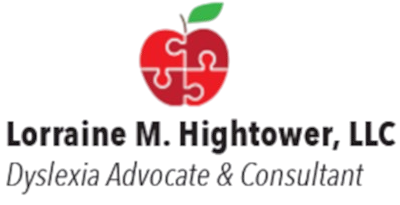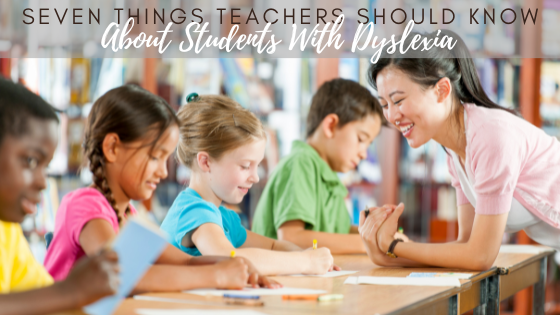
Seven Things Teachers Should Know About Students With Dyslexia
With the start of the new school year just weeks away, teachers and students alike are looking forward to the upcoming year with a mixture of anticipation and apprehension. For students with dyslexia the school year can either be a year of frustration or the time they realized their potential. Here are seven things teachers should know about students with dyslexia.
- You will have students with dyslexia in your classroom every single year: Out of every five students, on average one will have dyslexia. Because the disorder is estimated to impact about 20 percent of the population, each year several of the students in your classroom will be struggling with the learning difference.
- You can make a difference: For teachers of younger grades, your intervention – and your caring — may be the difference between a lifetime of struggles and low self-esteem and a lifetime spent overcoming challenges and confidence. The sooner dyslexia is identified and addressed in an effective way, the easier it will be for the child to overcome it. For many students, the learning difference is first identified in the classroom when children learn to read. This means that for teachers of younger grades, you will probably be the first one to realize that a child may have dyslexia – and you will be the one who helps that child reach their potential. Early screening and identification, specifically in kindergarten and first grade, are so essential that more than 80 percent of states mandate early screening in both of those grades.
- It has nothing to do with vision: For many years dyslexia was described as a challenge with the way students “see” words. That has created a misconception of the disorder along with, in some instances, an attempt to “cure” dyslexia using vision therapy and visual cues. Dyslexic students don’t have any visual impairment, instead there is a difference in how their brains process information. The only thing that will help is a systematic approach that is explicit and multisensory.
- Dyslexia does not impact intelligence: There is absolutely no relationship between a child’s intelligence and whether or not they have dyslexia. The neuro-difference is a difference in processing, not a difference in ability. Unfortunately, before a child is diagnosed, some educators may underestimate their abilities. As the teacher of dyslexic children, you can avoid that mistake and help ensure that all of the children in your classroom are given the tools to learn to their full potential.
- Your district doesn’t have a choice: Every school in the country is governed by the Individuals with Disabilities Education Act and the protections that it affords to children with Specific Learning Disabilities. Dyslexia is specifically recognized as one of those Specific Learning Disabilities. Because of that your school will need to provide you – and your dyslexia students – with the help and accommodations they need to succeed.
- Neurodivergent people are that way for life: Another misconception of dyslexia is that it is something that children will “grow out of.” It’s not. Children and born with dyslexia and will have it for their entire lives. That’s one of the many reasons it’s so important to identify students with dyslexia early and get them the support they need.
- Accommodations can be the difference between success and failure: The dyslexia students in your classroom may need accommodations to learn to their full potential. Those accommodations may include audio books and speech to text technology. You can help by accommodating that technology and understanding how it helps your neurodivergent students learn.
For more information about the therapies available for dyslexic students, click here or schedule a consultation with Dyslexia on Demand.
